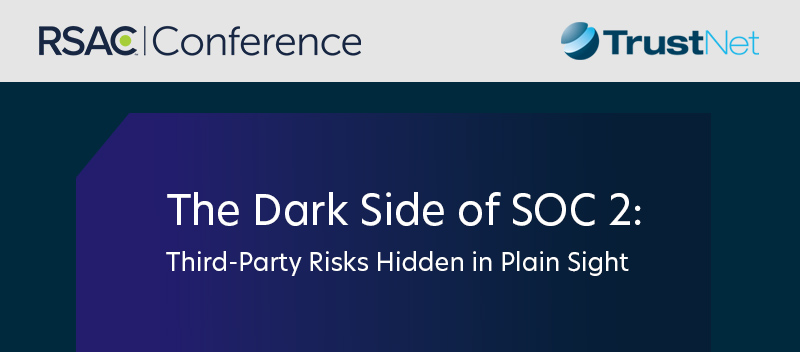
When it comes to security, storing your valuable data in the cloud is far preferable than attempting to manage it on your premises. Even so, that does not mean that you are immune to cloud security risks. The key is to understand what the most significant cloud computing security issues are and then take steps to avoid them, thereby minimizing the chances of a breach.
Top Security Threats in Cloud Computing
Cloud security can be defined as the network of policies and protocols, applications, people, processes and tech that safeguard the data that is stored in the off-site internet resource known as the cloud. The cloud services company to whom you entrust your data storage faces a very difficult challenge. While hackers and other bad actors only need to succeed at infiltrating your system once, your security organization experts must be constantly on guard to neutralize vulnerabilities and protect your networks and software from attack. The security risks of cloud computing come in a dizzying variety of forms, with new ones being invented constantly. A selection of the latest top threats includes the following:
- Data breach. This common leak happens when unauthorized users gain access to confidential information. Once the data is compromised, hackers can copy, transmit or sell the information to the highest bidder.
- Data loss. This devastating event can happen due to natural or human-made causes, often as a result of storms, fires, floods or human error. It can also occur when a targeted attack destroys all stored information. Regardless of the cause, data loss can have a calamitous effect on your business, often compromising the service you provide to your customers for quite some time.
- Denial of Service (DOS) One of the most frequently experienced cloud security issues, DOS attacks target your cloud services, rendering them temporarily or even indefinitely unusable. Cyber attackers accomplish this by inundating the system with a flood of traffic so excessive that it becomes paralyzed. They also can achieve their goal by exploiting vulnerabilities and cloud computing security risks within your cyber environment.
- Cryptojacking. This is one of the newer cloud security threats that has gained popularity with criminals because of the upsurge of nontraditional currencies such as Bitcoin. In this scheme, bad actors exploit your computer servers by installing a cryptocurrency mining script onto them. As a result, you become an unwitting processor of cryptocurrency, an activity that can markedly slow down your system.
- Account hijacking. Criminals gain access via insecure account credentials or by other means and are then able to exploit your data in any number of destructive ways.
- Insecure application programming interfaces. These are the third-party services, systems and libraries with which you interact. If they contain security problems, they can pose cloud computing security threats to your business networks.
- Internal threats. These can be intentional or accidental and can occur when employees’ behavior leads to data leaks or compromises.
One of your company’s most important tasks is to address these potential cloud security risks before they happen.
Strategies for Minimizing Cloud Computing Security Concerns
Businesses like yours should adopt a multi-pronged protection protocol to guard against the numerous malware installation and data breach threats that can jeopardize your cybersecurity 24 hours a day. Best practices include the following:
- Regularly assess your cloud security by reviewing your infrastructure. Ensure that all applications are up-to-date and that third-party providers can continue to earn your trust.
- Use automated threat detection tools to monitor and report on your cloud security and react to cloud security challenges as soon as they arise.
- Establish and maintain strict access management policies that give permission on an as-needed basis and can be revoked at any time. For an added security layer, consider implementing advanced solutions like biometrics or multi-factor authentication.
- Devise a recovery plan should the worst occur and your data becomes compromised or destroyed. Back up your data frequently, and come up with strategies to minimize downtime and information loss if disaster strikes.
- Adopt encryption protocols to be used with your data at all times, including before it is stored in the cloud and while it is being legally accessed.
- Make cloud security challenges a priority. That means dedicating financial and in-house and/or external human resources to the task. A third-party consultant can thoroughly examine your data processing and storage infrastructure to learn about its vulnerabilities and threat risks. At that point, it can formulate extensive recommendations, including a solid cloud incident response plan that can provide a detailed framework of actions to be taken should a cyberattack occur.
The best strategy to keep your organization safe from critical data breaches is a combination of prevention and worst-case planning. While your risk of attacks and cloud security breaches can never be lowered to zero, investing in the human and financial resources to develop, implement, monitor and enforce a multi-faceted plan can help your data to remain as safe as possible.




